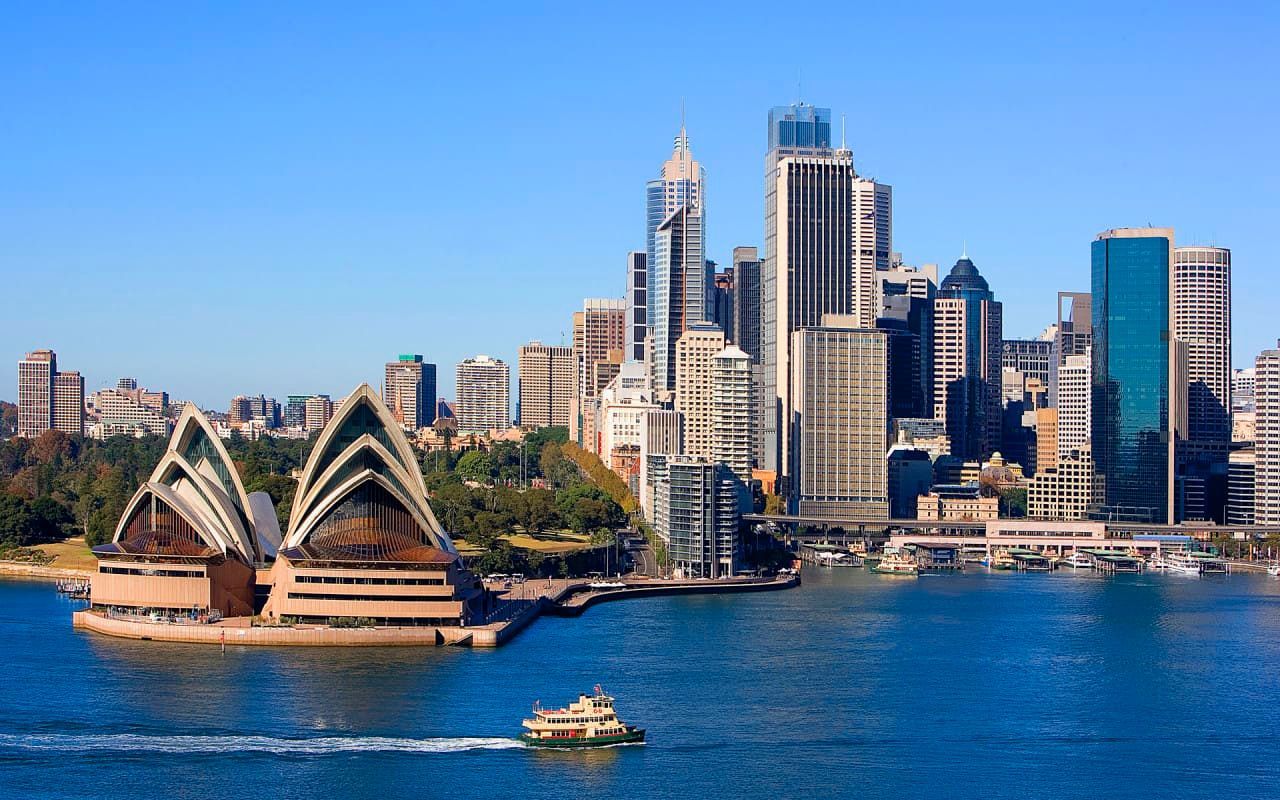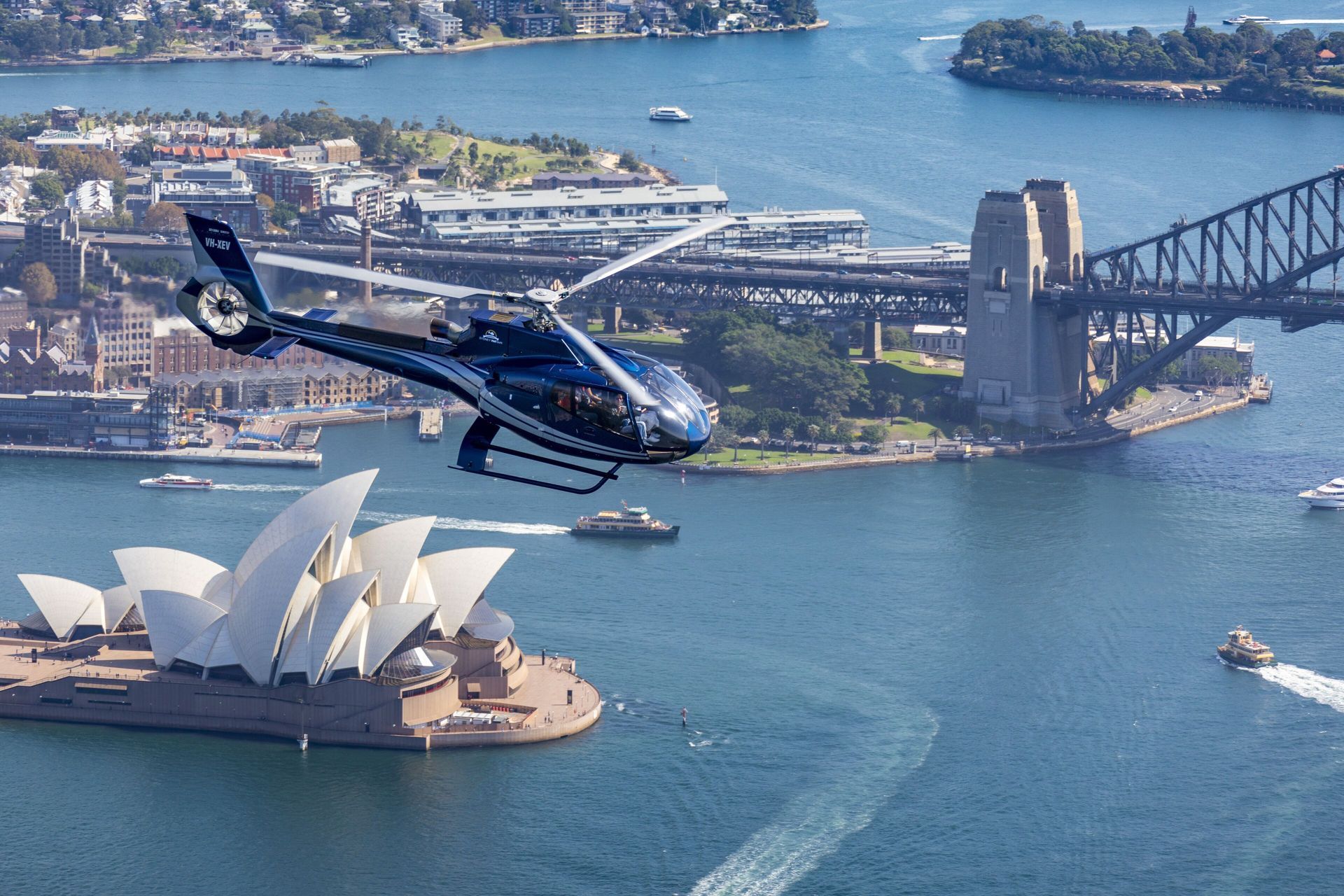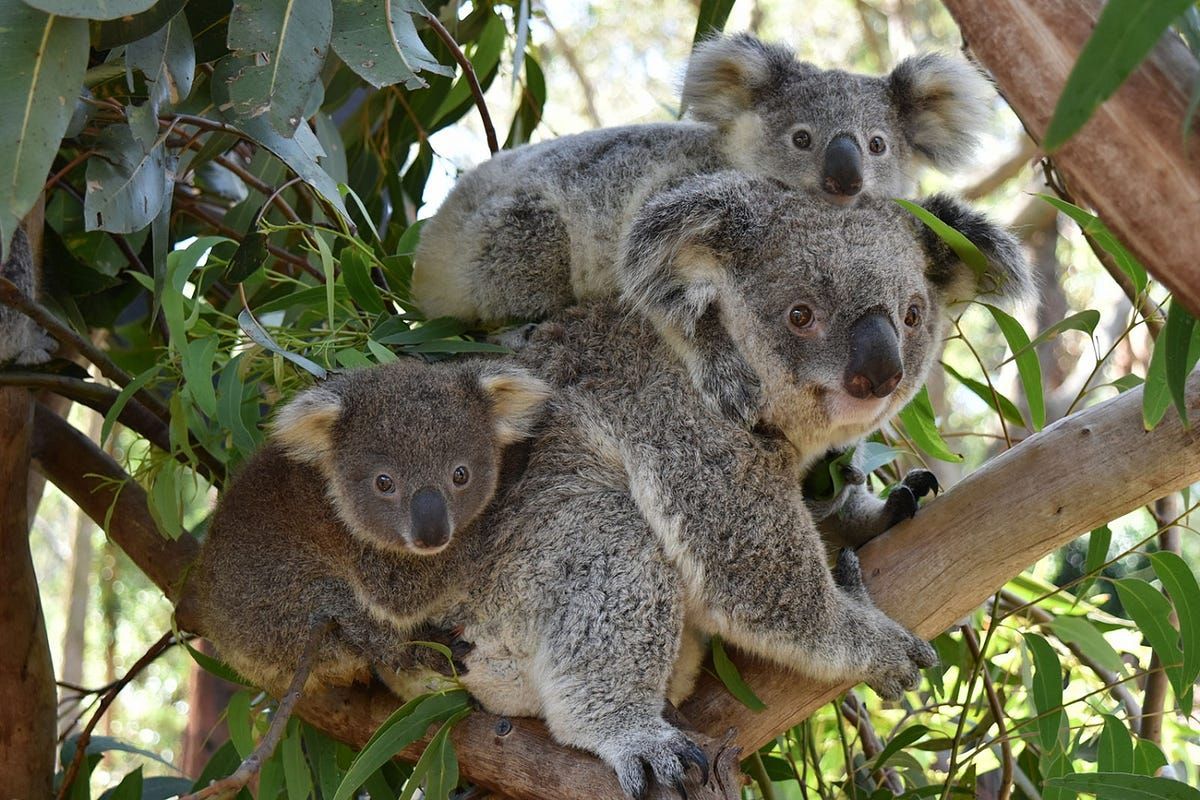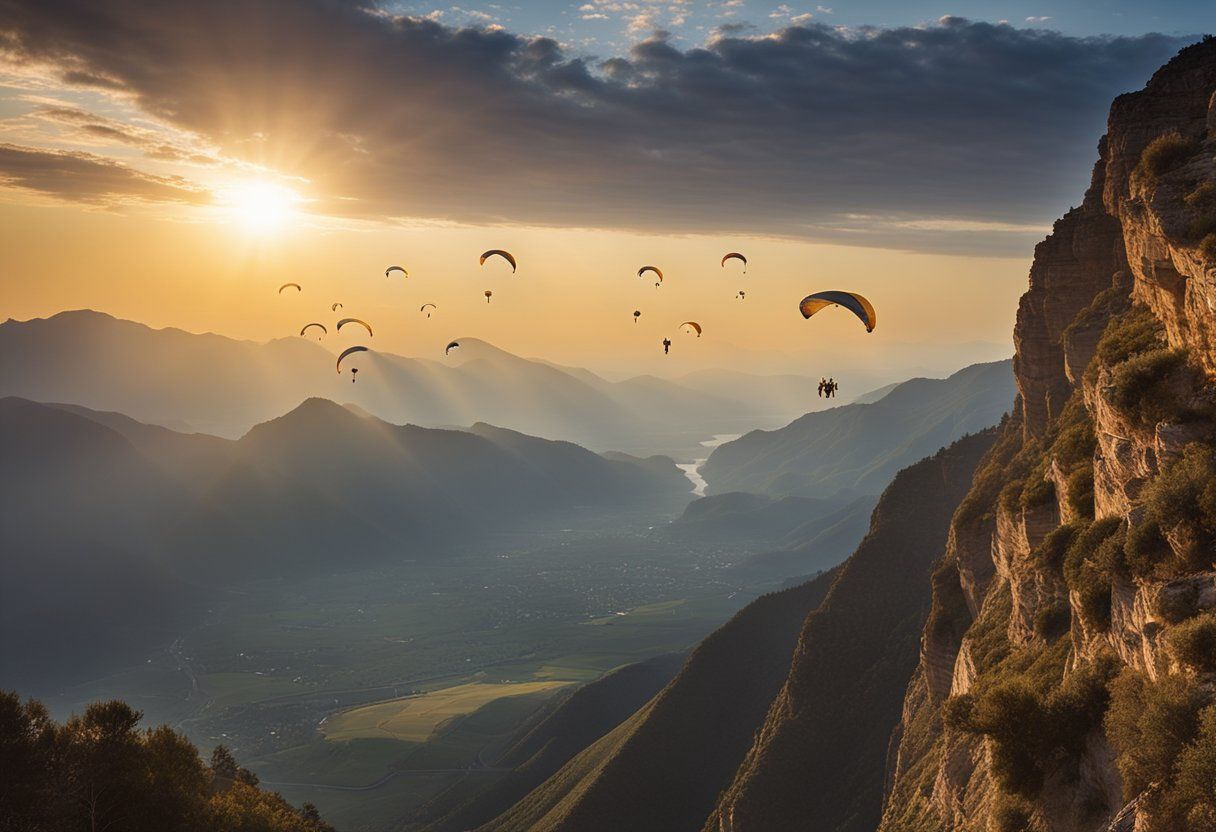To share
Uncover the magic of
Mitta Mitta River. Dive into crystal-clear waters, hike scenic trails, and witness diverse wildlife. Whether you're an adrenaline junkie or nature lover, Mitta Mitta has something for everyone.

1. The Mitta Mitta River
Geographical location and course
The Mitta Mitta River is a significant waterway located in northeastern Victoria, Australia. It originates in the Alpine National Park, near Mount Bogong, and flows approximately 204 kilometers before joining the Murray River at Lake Hume. The river's course takes it through rugged mountainous terrain, serene valleys, and picturesque landscapes, making it a true hidden gem in Australia's alpine wilderness.
Historical significance
The Mitta Mitta River has played a crucial role in shaping the region's history. Early European settlers utilized the river for gold mining and timber transportation, contributing to the area's economic development. The construction of the Dartmouth Dam in 1979 further enhanced the river's importance, as it became a vital water source for irrigation and hydroelectric power generation.
Indigenous cultural connections
For thousands of years, the Mitta Mitta River has held deep cultural significance for the Indigenous peoples of the region, particularly the Dhudhuroa and Jaitmathang people. The river and its surrounding lands have been integral to their spiritual beliefs, traditional practices, and sustenance. Many important cultural sites and stories are associated with the river, highlighting its enduring importance to Australia's First Nations people.
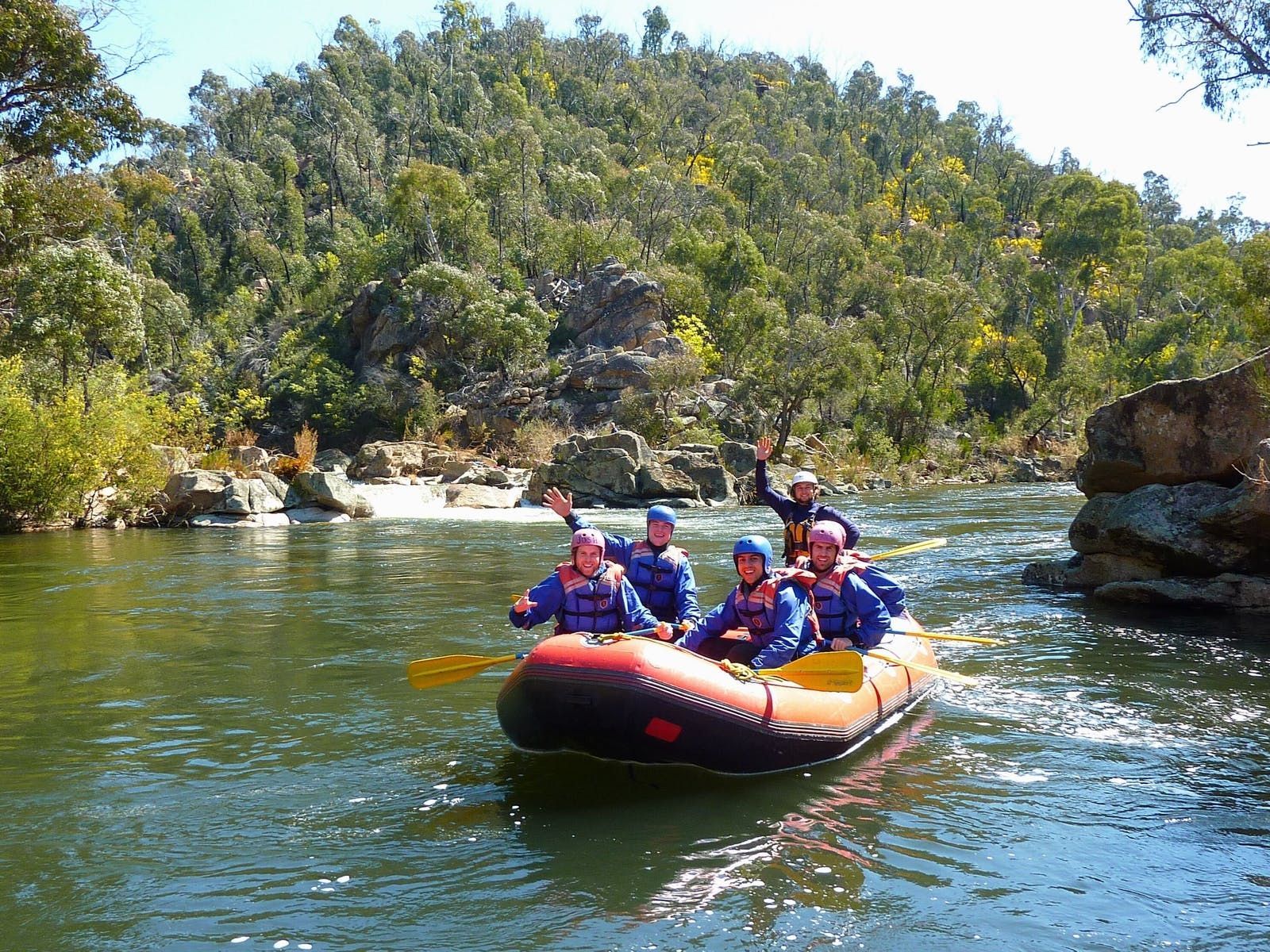
2. Natural Features and Ecology
Flora and fauna along the riverbanks
The Mitta Mitta River supports a diverse ecosystem with a rich variety of flora and fauna. The riverbanks are home to native plant species such as river red gums, wattles, and various grasses, which provide critical habitats for local wildlife. The river and its surroundings are habitat to numerous animal species, including:
- Platypus
- Water rats
- Eastern grey kangaroos
- Wombats
- Various bird species, including kookaburras and wedge-tailed eagles
The river itself is also known for its excellent trout fishing, with both brown and rainbow trout populations thriving in its waters.
Geological formations and landscapes
The Mitta Mitta River flows through a diverse range of geological formations, creating stunning landscapes along its course. The river has carved its way through ancient rock formations, creating deep gorges and valleys. Notable geological features include:
- Granite outcrops
- Steep cliffs
- River flats
- Alpine meadows in the upper reaches
These varied landscapes not only provide breathtaking scenery but also contribute to the river's unique ecological characteristics.
Water quality and ecosystem health
The Mitta Mitta River is known for its high water quality, which is essential for maintaining a healthy aquatic ecosystem. The river's clean, cool waters support a diverse range of aquatic life, including:
- Native fish species like Murray cod and Macquarie perch
- Various invertebrates
- Aquatic plants
The river's ecosystem health is closely monitored by environmental agencies to ensure its continued vitality. Factors such as water flow, temperature, and nutrient levels are regularly assessed to maintain the river's ecological balance.
The Mitta Mitta River stands as a testament to the natural beauty and ecological importance of Australia's alpine regions, offering a unique blend of historical significance, cultural heritage, and environmental value.
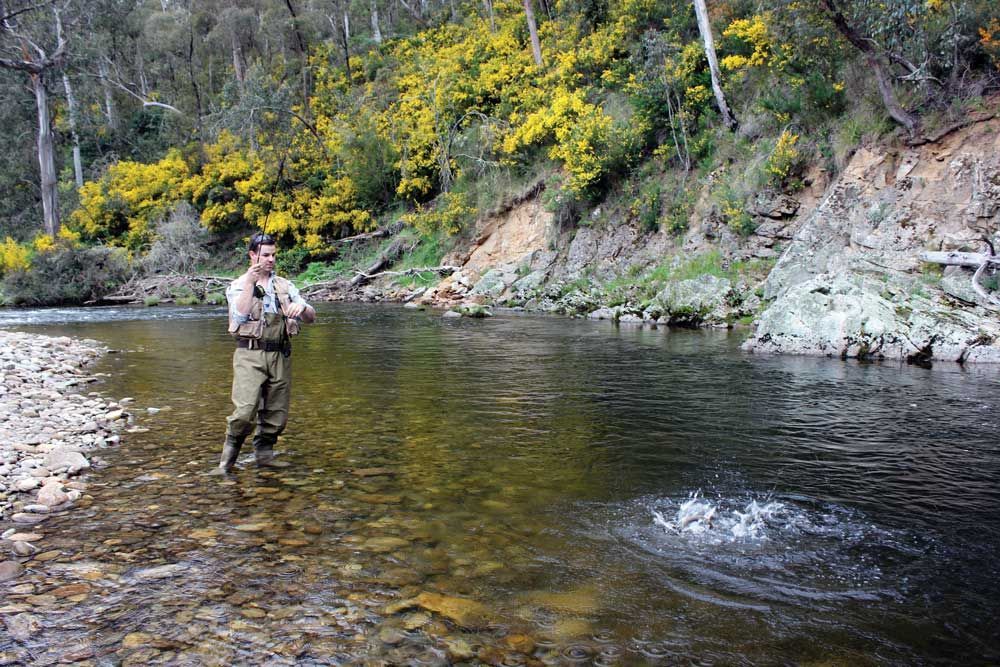
3. Recreational Activities on the Mitta Mitta
Fishing opportunities and popular catches
The Mitta Mitta River offers excellent fishing opportunities for both novice and experienced anglers. The river is home to various fish species, including:
- Brown trout
- Rainbow trout
- Blackfish
- Murray cod
Fly fishing is particularly popular along the river's upper reaches, where the clear waters and abundant insect life create ideal conditions for trout. The best fishing spots are often found near deep pools and under overhanging trees.
"The Mitta Mitta River is a fly fisher's paradise, offering some of the best trout fishing in Victoria." - Australian Fishing Network
Whitewater rafting and kayaking adventures
The Mitta Mitta River provides thrilling opportunities for whitewater enthusiasts. The river's rapids range from Class II to Class IV, catering to various skill levels. Popular sections for rafting and kayaking include:
- The Mitta Mitta Gorge: A challenging 18-kilometer stretch with numerous rapids
- The Lower Mitta: A more relaxed section suitable for beginners and families
Several local operators offer guided rafting trips, ensuring safety and providing equipment for visitors. The best time for whitewater activities is typically during spring when water levels are higher due to snowmelt.
Camping and hiking in the surrounding areas
The areas surrounding the Mitta Mitta River offer diverse camping and hiking experiences. Some notable camping spots include:
- Dartmouth Dam Holiday Park: Offers powered sites and cabins
- Mitta Mitta River Reserve: Provides free riverside camping
Hiking enthusiasts can explore several trails in the Alpine National Park, which borders the river. Popular hikes include:
- Mount Bogong Trail: Victoria's highest peak, offering stunning views
- Fainters Trail: A challenging multi-day hike through alpine meadows
These trails showcase the region's diverse flora and fauna, including snow gums, wildflowers, and native wildlife such as wallabies and echidnas.
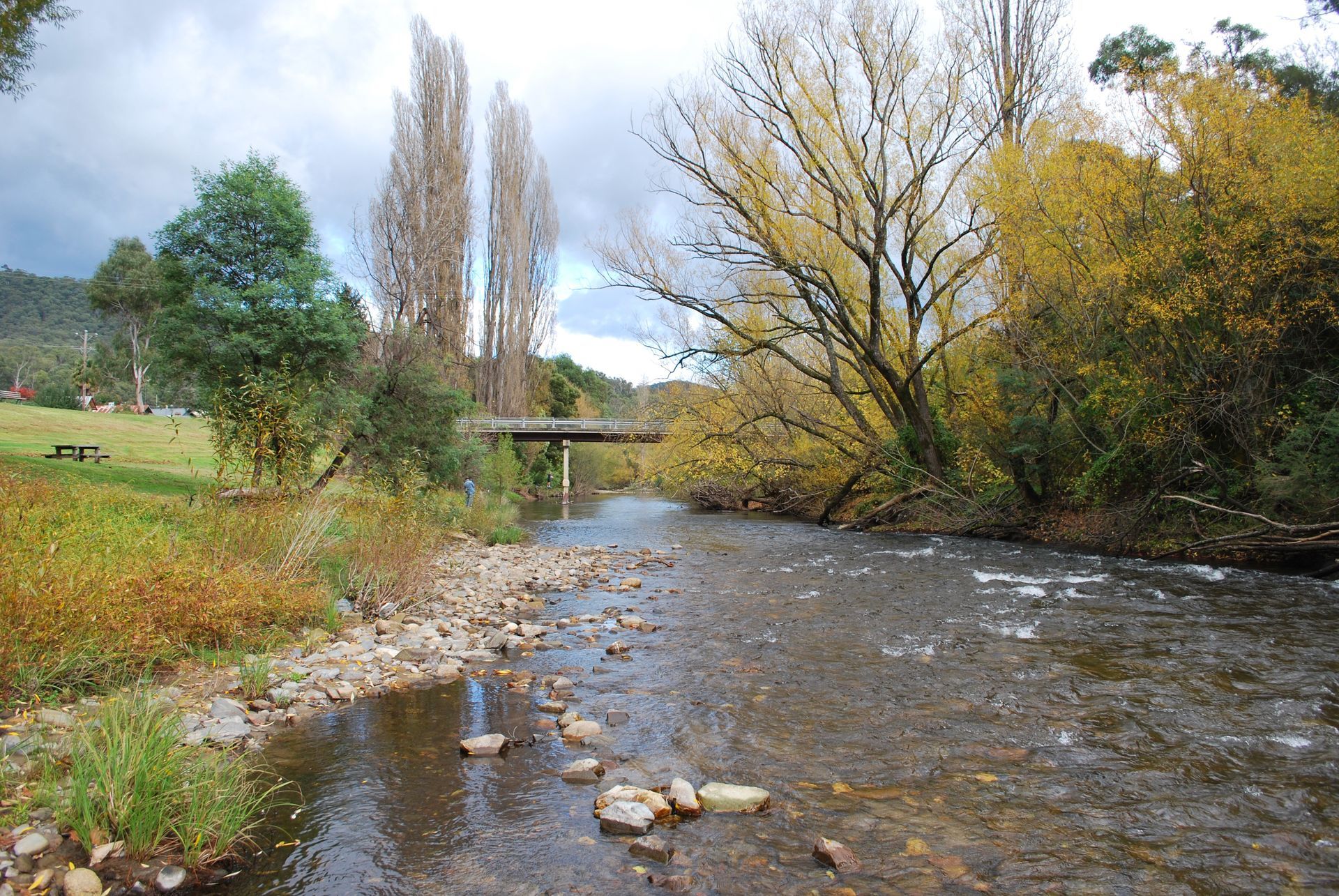
4. Environmental Challenges and Conservation Efforts
Impact of human activities on the river
Human activities have significantly impacted the Mitta Mitta River ecosystem. Key issues include:
- Water extraction for irrigation: Reducing natural flow and affecting aquatic habitats
- Land clearing: Increasing erosion and sedimentation in the river
- Introduction of non-native species: Disrupting the natural balance of the ecosystem
These activities have led to a decline in native fish populations and altered the river's natural flow regime.
Climate change and its effects on water levels
Climate change poses a significant threat to the Mitta Mitta River. Some observed and projected impacts include:
- Reduced snowfall in alpine areas: Leading to decreased spring runoff
- More frequent and severe droughts: Lowering water levels and stressing aquatic ecosystems
- Increased bushfire risk: Potentially causing erosion and water quality issues
These changes may have long-term effects on the river's ecology and recreational value.
Ongoing conservation projects and initiatives
Several conservation efforts are underway to protect and restore the Mitta Mitta River ecosystem:
- Riparian restoration: Planting native vegetation along riverbanks to reduce erosion and improve water quality
- Fish habitat improvement: Installing structures like log jams to create better habitats for native fish species
- Water flow management: Collaborating with water authorities to ensure environmental flows are maintained
Local community groups, government agencies, and environmental organizations are working together on these initiatives. The North East Catchment Management Authority plays a crucial role in coordinating many of these efforts.
"Protecting the Mitta Mitta River is not just about preserving a beautiful natural asset; it's about securing the future of our region's biodiversity and water resources." - North East Catchment Management Authority
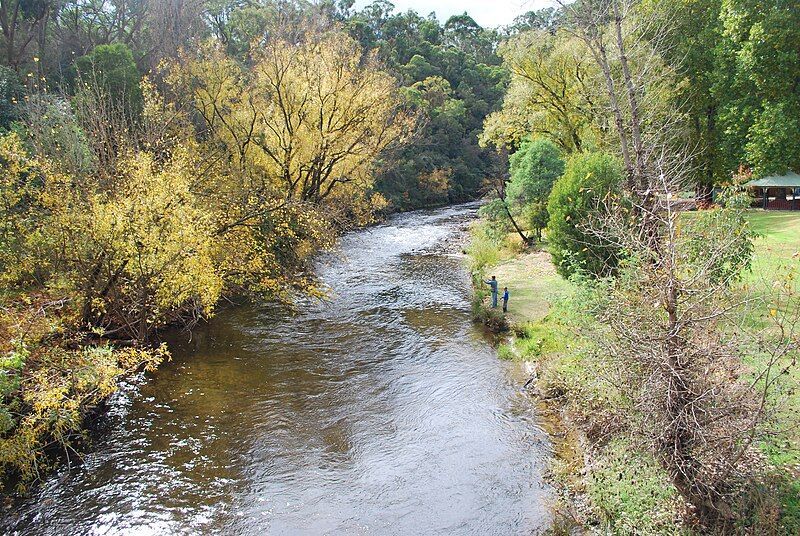
5. The Mitta Mitta's Role in Water Management
Dams and reservoirs along the river
The Mitta Mitta River plays a crucial role in water management for northeastern Victoria. Several dams and reservoirs have been constructed along its course to regulate water flow and provide storage capacity. The most significant of these is the Dartmouth Dam, completed in 1979. With a capacity of 3,856,000 megalitres, it is the largest capacity dam in Victoria and serves as a vital water source for the Murray-Darling Basin.
Other notable structures include the Hume Dam, which, although not directly on the Mitta Mitta, receives water from it via the Murray River. These dams work in tandem to manage water resources effectively, balancing the needs of various stakeholders in the region.
Irrigation and agriculture in the region
The Mitta Mitta River's water resources are integral to supporting agriculture in the surrounding areas. The river's consistent flow, regulated by the dams, provides reliable irrigation for farms in the Mitta Mitta Valley and beyond. This water supports a diverse range of agricultural activities, including:
- Dairy farming
- Beef cattle production
- Crop cultivation (such as wheat, barley, and canola)
- Horticulture (including fruit orchards and vineyards)
The irrigation systems fed by the Mitta Mitta have transformed what was once a challenging landscape for agriculture into a productive region, contributing significantly to Victoria's agricultural output.
Balancing water needs with environmental concerns
Managing the Mitta Mitta's water resources requires a delicate balance between human needs and environmental preservation. The river system supports unique ecosystems and provides habitat for various native species, including the endangered Macquarie Perch.
Efforts to maintain this balance include:
- Environmental flow releases from dams to mimic natural river patterns
- Monitoring of water quality and river health
- Restoration projects to improve riparian vegetation
- Fishways to allow for fish migration past dams
These initiatives aim to ensure that while the river continues to meet human needs, its ecological integrity is preserved for future generations.
6. Cultural and Economic Significance
Aboriginal heritage and stories connected to the river
The Mitta Mitta River holds deep cultural significance for the Indigenous peoples of the region, particularly the Jaitmatang and Dhudhuroa people. For thousands of years, the river has been central to their way of life, spirituality, and cultural practices.
Aboriginal stories and Dreamtime legends are intricately connected to the river and its surrounding landscape. These narratives often explain the formation of geographical features and provide guidance on sustainable resource management.
"The river is not just water to us; it's the lifeblood of our culture and connection to the land," explains Elder John Smith of the local Aboriginal community.
Archaeological evidence, including stone tools and scar trees, found along the river banks, further attests to the long-standing relationship between Indigenous peoples and the Mitta Mitta River.
European settlement and historical sites
European settlement in the Mitta Mitta region began in the 1830s, with pastoralists attracted by the fertile river valleys. The river played a crucial role in this settlement process, providing water for livestock and crops, and serving as a transportation route.
Several historical sites along the river offer glimpses into this period:
- Remains of early homesteads and farm buildings
- Old river crossings and bridge sites
- Relics from the gold rush era, when prospectors flocked to the region
The town of Mitta Mitta itself, established in the 1850s, stands as a testament to the enduring influence of the river on human settlement in the area.
Tourism and its impact on local communities
In recent decades, tourism has emerged as a significant economic driver for communities along the Mitta Mitta River. The river's pristine waters and surrounding alpine landscape attract visitors for various activities:
- Fishing, particularly for trout
- Whitewater rafting and kayaking
- Camping and bushwalking
- Wildlife watching and nature photography
This influx of tourists has brought both opportunities and challenges for local communities. On the positive side, tourism has created jobs, supported local businesses, and helped to diversify the regional economy. However, it has also raised concerns about environmental impact and the need for sustainable tourism practices.
Local initiatives, such as eco-tourism programs and guided cultural tours led by Indigenous community members, aim to strike a balance between economic benefits and cultural and environmental preservation.
The Mitta Mitta River continues to shape the lives of those who live along its banks, blending its rich cultural heritage with contemporary economic realities. As we look to the future, the challenge lies in ensuring that this hidden gem of Australia's alpine wilderness remains a vibrant and sustainable resource for generations to come.
7. Future Outlook for the Mitta Mitta River
Sustainable management strategies
The Mitta Mitta River's future depends on effective sustainable management strategies.
These strategies aim to balance human needs with environmental conservation:
- Water allocation planning: Ensuring fair distribution of water resources among various stakeholders, including agriculture, industry, and ecosystems.
- Riparian zone restoration: Implementing programs to restore and maintain vegetation along the riverbanks, which helps prevent erosion and provides habitat for native species.
- Monitoring and research: Conducting regular water quality assessments and ecological surveys to track the river's health and inform management decisions.
- Community engagement: Involving local communities in river management through education programs and volunteer initiatives.
Potential threats and mitigation measures
Several threats could impact the Mitta Mitta River's ecosystem:
- Climate change: Increasing temperatures and altered precipitation patterns may affect water levels and quality. Mitigation measures include developing climate-resilient water management plans and promoting water-efficient practices.
- Invasive species: Non-native plants and animals can disrupt the river's ecological balance. Regular monitoring and targeted removal programs can help control their spread.
- Agricultural runoff: Excess nutrients and pesticides from nearby farms can degrade water quality. Implementing best practices in farming and creating buffer zones along the river can minimize this impact.
- Overuse for recreation: As the river gains popularity, increased human activity could stress the ecosystem. Establishing visitor limits and designating protected areas can help preserve sensitive habitats.
Opportunities for eco-tourism and education
The Mitta Mitta River presents numerous opportunities for sustainable tourism and environmental education:
- Guided nature walks: Offering expert-led tours to educate visitors about the river's unique ecosystem and cultural significance.
- Citizen science programs: Engaging tourists and local communities in data collection and monitoring activities to support research efforts.
- Sustainable fishing experiences: Promoting catch-and-release fishing practices and educating anglers about responsible fishing techniques.
- Interpretive centers: Establishing facilities that showcase the river's history, ecology, and conservation efforts to raise awareness among visitors.
8. Summary
The Mitta Mitta River stands as a testament to Australia's natural beauty and ecological diversity. As we look to the future, it's clear that preserving this hidden gem requires a delicate balance between human use and environmental protection. Sustainable management strategies, proactive threat mitigation, and thoughtful eco-tourism development will be key to ensuring that future generations can continue to enjoy and learn from this remarkable alpine waterway.
9. Frequently Asked Questions
Q1: What makes the Mitta Mitta River unique?
A1: The Mitta Mitta River is distinctive for its pristine alpine setting, diverse ecosystem, and cultural significance to Indigenous Australians. It also plays a crucial role in the Murray-Darling Basin water system.
Q2: Can I fish in the Mitta Mitta River?
A2: Yes, fishing is permitted in the Mitta Mitta River. However, anglers must follow local regulations, including obtaining the necessary licenses and adhering to catch limits to ensure sustainable fish populations.
Q3: What are the best times to visit the Mitta Mitta River?
A3: The river is accessible year-round, but spring and autumn often offer the most pleasant weather for outdoor activities. Summer is ideal for water-based recreation, while winter showcases the beauty of the surrounding snow-capped mountains.
Q4: Are there camping facilities near the Mitta Mitta River?
A4: Yes, there are several camping areas along the Mitta Mitta River. These range from basic bush camping sites to more developed campgrounds with amenities. It's important to check local regulations and book in advance during peak seasons.
Q5: How can I contribute to the conservation of the Mitta Mitta River?
A5: You can contribute by practicing responsible tourism, participating in local conservation programs, supporting river cleanup initiatives, and educating others about the importance of preserving this unique ecosystem.

